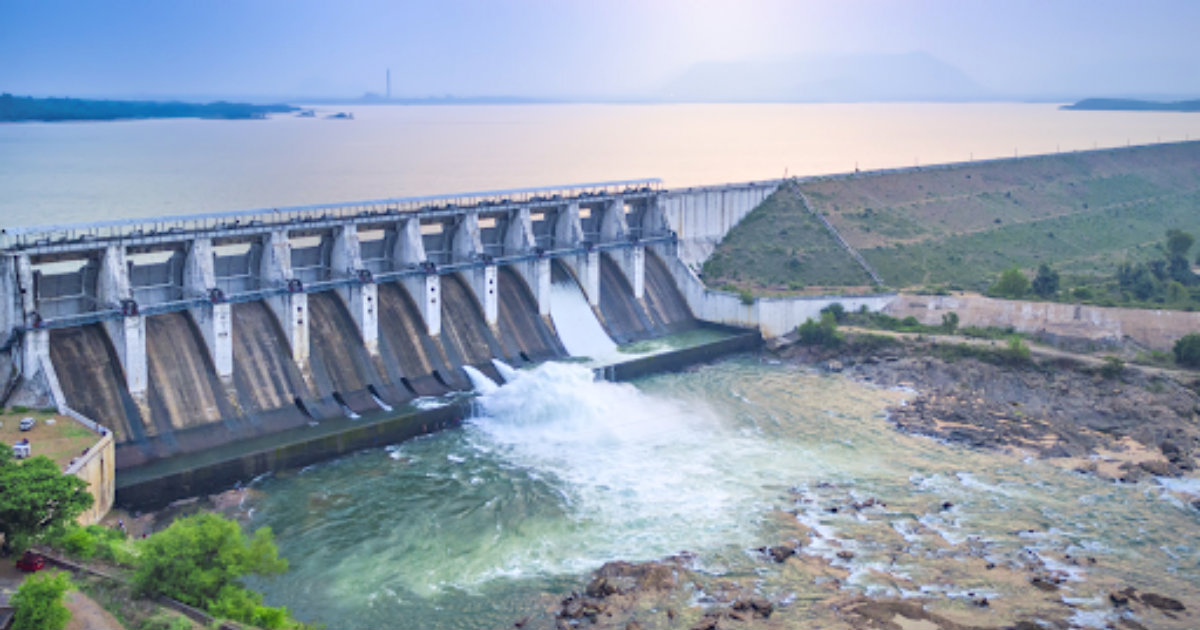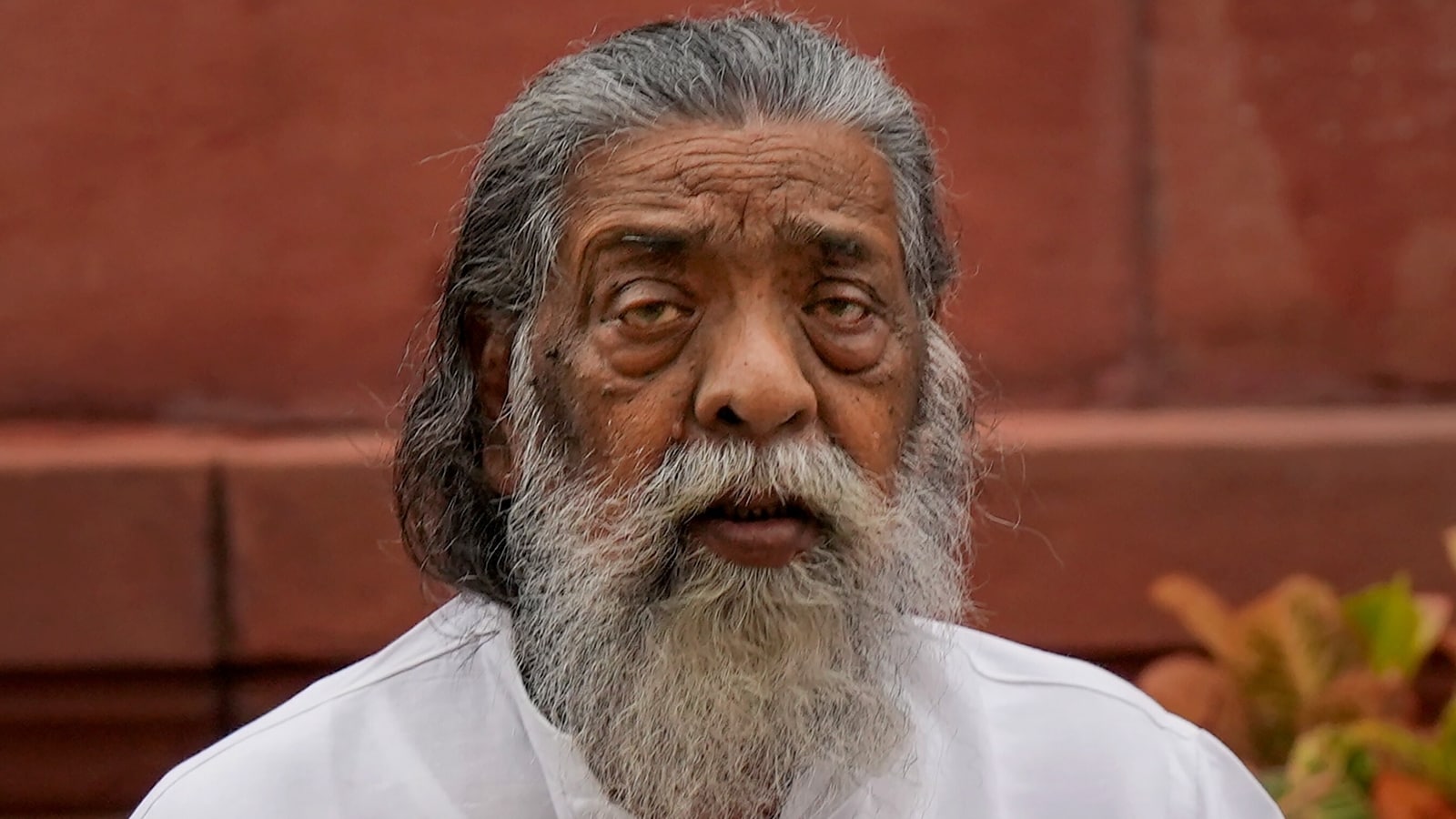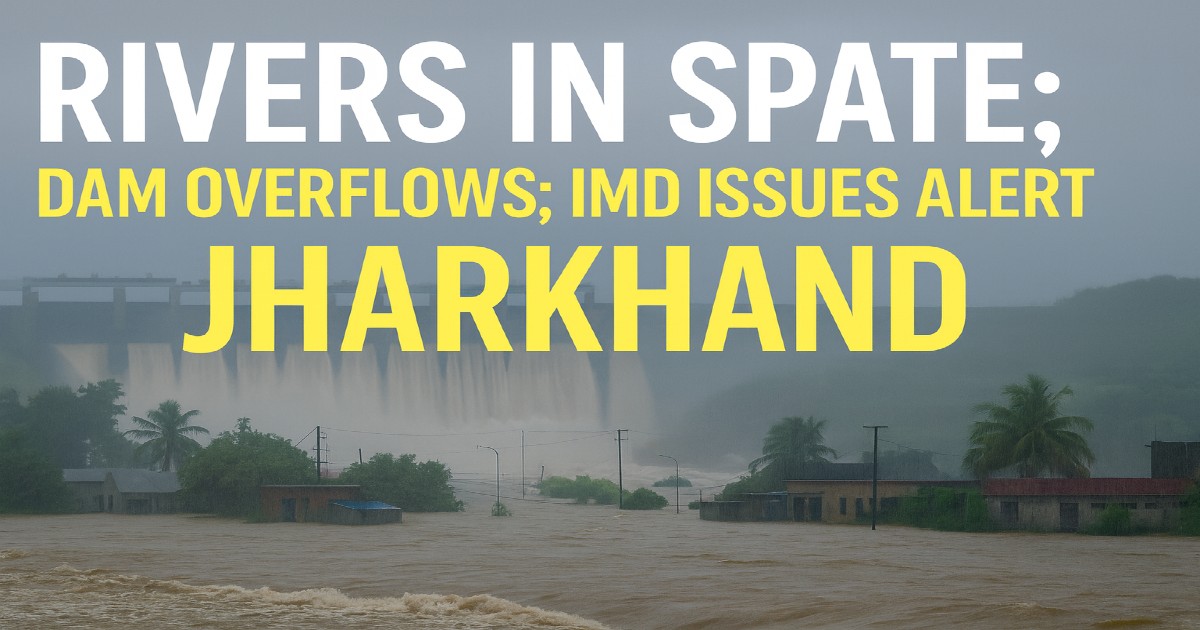The effects of a good monsoon can be seen in the water reservoirs in the state. Leaving a couple of them, all others are full to capacity. This can be seen in the report from the Central Water Commission. The water content is the highest in the last 10 years and a 19 per cent increase from the average over the last 10 years.
Government of India, especially Central Water Commission keeps a tab on the water content in the reservoirs across India and reports are generated regularly. Tenughat, Maithan, Panchet Hill, Tillaiya and Konar reservoirs from Jharkhand come under Central Water Commission. The collective water capacity of reservoirs of Jharkhand is 1.79 billion cubic meter (BCM). Out of this 1.05 BCM is contained in the 5 reservoirs of the state. The water content last year was 0.69 BCM. The highest mark achieved in the last 10 years was 0.86 BCM. There has been a 19percent increase from the average of the last 10 years.
There was an increase of 0.12 BCM in last week of July. The increase last year was 0.1 BCM. This is again the highest in the last 10 years. On average, an increase of 0.9 BCM had been seen in the last 10 years. The situation of eastern reservoirs in India is better this year. There are 10 water reservoirs in eastern India monitored by the Central Water Commission. The reservoirs have 14.81 BCM of water while their total capacity is 35.24 BCM. Thus they are 42percent full compared to 25percent last year. The average has been 38percent.





